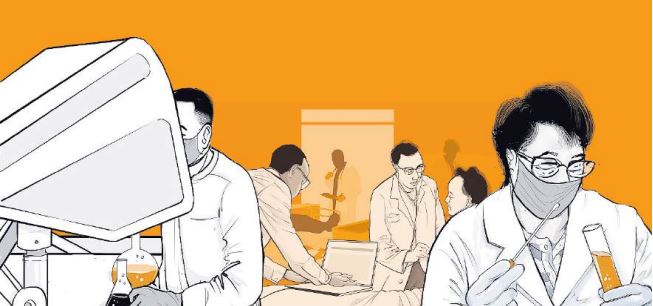
A young girl lies in a hospital bed in rural Kenya. She’s breathless, feverish. A tuberculosis test is ordered, but the results come back days later—disconnected from her digital health record and invisible to the clinician who treated her.
She is sent home with medication for pneumonia. Two weeks later, she dies. Not from a lack of care. But from a lack of connection.
This is the hidden tragedy playing out across much of the Global South every day—not because we lack tests or treatments, but because we have failed to make diagnostic systems speak to each other.
That failure has a name: diagnostic interoperability. And it’s costing lives.
Diagnostic data lives in silos. Lab tests in one system. Radiology images in another. Pharmacy records somewhere else.
The systems do not talk, and the patient suffers. When health workers cannot see previous test results or imaging, they are forced to guess, repeat tests or make decisions based on fragments.
The cost is more than inconvenience—it’s misdiagnosis, delay and, in too many cases, death.
Yet the solution is not science fiction. The technology exists. The global standards exist. So why are we still failing?
When the Covid-19 pandemic hit, we witnessed in real time what happens when diagnostic systems cannot speak.
Labs overwhelmed with samples. Test results lost between facilities. Governments flying blind as outbreaks spread faster than the data used to track them.
And still, after all the lessons, most countries have done little to ensure that the next disease—be it tuberculosis, cancer or something yet unnamed, does not slip through the cracks the same way.
This is not just a failure of technology. It is a failure of policy and planning. Ministries of Health often focus on service delivery and essential medicines—crucial, yes—but neglect the invisible architecture needed to make diagnostics usable. Donors, too, often fund “vertical” systems: tools that work in isolation for a single disease or programme but do not integrate with anything else. These efforts, while well-intentioned, reinforce fragmentation.
Meanwhile, private providers—pharmacies, imaging centres and labs—collect a vast volume of diagnostic data that never reaches national systems or the clinicians who need it. The result is a disconnected patchwork that pretends to be a health system.
Standards like HL7 (Health Level 7) and DICOM (Digital Imaging and Communications in Medicine) have existed for decades.
They allow information to move from one system to another in ways both humans and machines can understand. HL7 FHIR (Fast Healthcare Interoperability Resources), for instance, allows a blood test result from a lab to appear directly in a doctor’s digital chart, wherever they are.
DICOM ensures that a CT scan done in one hospital can be viewed in another, even across borders. These are not luxury upgrades—they are the backbone of functional health data systems.
The World Health Organization has gone further by introducing the SMART Guidelines framework—a model that takes clinical guidelines off the page and into the real world of digital care.
These guidelines are structured so they can be embedded in electronic health records, mobile apps, and diagnostic tools. They are machine-readable, continuously updated, and capable of guiding clinical decisions in real time. They offer a vision of what connected, intelligent care can look like.
So why aren’t these tools the norm?
Because we still treat interoperability as a technical footnote rather than a national imperative. Procurement decisions prioritise price tags over compatibility. Software vendors build closed systems to lock in contracts. Regulations are unclear or unenforced. And no one—not ministries, not donors, not vendors—is held accountable for whether data actually flows across the system.
But this is not just a technical oversight. It’s an equity issue.
Wealthy patients can afford to navigate fragmented systems. They can pay for second tests, courier lab results or access specialists directly. But most people cannot. They rely on the system to work. They rely on their medical data to follow them—not the other way around.
True health equity demands more than free tests or affordable drugs. It demands that every patient’s data is respected, protected and used. That every test result matters. That every image, every lab value, every diagnosis contributes to a coherent, connected story of care.
This is entirely within our reach. What’s missing is will.
Policymakers must stop treating interoperability as optional. It must be required—through legislation, procurement policies and investment strategies. Countries must build national health information exchanges that allow data to move securely across public and private providers.
Vendors must be held to open standards. And the international community must stop funding tools that do not plug into wider systems.
This is not about one country or one crisis. It is about building the foundational infrastructure for health systems that work—whether in Nairobi or New Delhi, London or Lagos.
The girl in that hospital bed did not need a miracle. She needed her diagnosis to follow her. She needed the lab, the clinician and the system to act as one.
She needed her data to matter.
Surgeon, writer and advocate of healthcare reform and leadership in Africa













